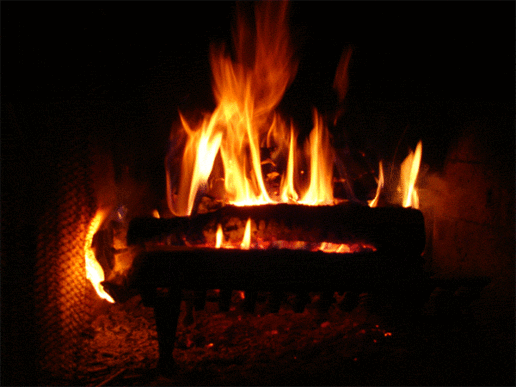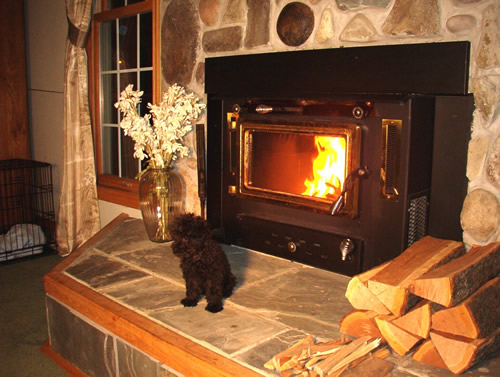Exposure Risks from Fireplaces Wood Burning Stoves and Heat Extraction Inserts |
||||
INDOOR ENVIRONMENTAL HEALTH IN THE NEWS |
||||
November 14, 2011 New Jersey, USA. With the rise in price for home heating oil many home owners are turning to wood burning stoves and fireplaces. subClinical Investigations® identify and reveal when it comes to keeping warm this winter it is not just carbon monoxide that poses dangers but odorless carcinogens. Certified Clinical Industrial Hygienist™* and Clinical Toxicologis J Dumanov (Institute for subClinical Research) reports that there is a need for increasing awareness of the danger from indoor toxins in his recent presentation of subClinical Investigation protocol sC-II (TOXO) at EUROTOX 2011. Lung cancer in non smokers is inexplicable for most with suspicion relating to genetics, radon or other carcinogens. Unfortunately for many that routinely use wood burning to keep their homes heated are failing to recognize the high risk of the exposure to odorless carcinogenic hydrocarbons is the greatest danger to humans and their pets. Dumanov interviewed at EROTOX Paris intimated "Even my friend Bob a highly educated engineer, when he disclosed that he had been battling lung cancer for the past few years and passed on just this past year I did not give it much second thought. But when his wife intimated she too had breast caner did I explore the possibility of indoor toxicity. It turned out that they had been using wood burning stoves and fireplaces as the primary source for heat."
When asked why is wood smoke so carcinogenic, Dumanov says "The mechanism for smoke related carcinogenesis is as such: First and foremost the majority of all cancers are initiated by toxins but we are exposed to chemical toxins every day primarily through inhalation and ingestion and less so via the skin. There are enzymes that break down toxins in their liquid and vapor form. The problem with carcinogenic smoke (polyciclic hydrocarbons) is that they are solid particles that build up and stay in the lungs and begin the IPP (initiation promotion and progression) process of carcinogenesis thereby bypassing human/animal of detoxification of carcinogens."
When asked if smoke detectors are of benefit the answer was quite revealing: "Every home using wood for heat should have their home investigated for such potential risk. The problem with smoke detectors is that the threshold of alarm does not provide a level of indication for the exposure of risk to carcinogens and they are nearly never near the source of the wood burners."
umanov has made numerous appearances, medical publications and presentations in the US and EU over the years and also appeared on the Discovery Health Channel show "Is Your House Out to get You?"
*No assn with or by the ABIH or their CIH certification schema
COPYRIGHT 1999-2012 NJIE ALL RIGHTS RESERVED. UNAUTHORIZED COPY OR LINKING TO THIS PAGE OR WEBSITE IS PROHIBITED


